The fourth-generation Honda CR-V made its debut late last year in LA and was launched in the same month (November) in Japan, where we reported live from the Tokyo Motor Show. The SUV now heads to Europe, where it will go on sale in October. As with previous generations, the European CR-V will continue to be built at Honda’s Swindon plant in the UK.
The CR-V is a global car, but the European model has some unique bits. A revised front bumper “emphasises its dynamic appeal” and there are front LED daytime running lights and rear LED lights. Europe also gets a powered tailgate.
Honda says that materials used within the new CR-V have been carefully chosen for the European market. “The high quality finish on the top of the fascia was inspired by the marble-like pattern you find on Japanese Kobe beef,” revealed Interior Designer, Takehiro Ishibashi.
“On the decorative strip that flows across the fascia we used a special film that creates a 3D effect. I am really proud of our attention to detail in every aspect of this vehicle.”
For the first time in Europe, the CR-V will be offered with a choice of 2WD and Real Time AWD. 2WD models now account for 51% of the petrol-engined compact-SUV market in Europe, according to a survey conducted last year, so it makes sense to give buyers the option.
A 2.0 i-VTEC petrol and a 2.2 i-DTEC diesel engine will be available at launch. Both are developments of the engines found in the third-gen CR-V, but have been redesigned with a focus on reducing CO2 emissions. ECO Assist, ECON Mode and Idle-stop tech make their debuts, although the latter is only for stick shift variants and ECON Mode is petrol-exclusive.
Figures for the i-DTEC remain at 150PS and 350 Nm, but CO2 emissions have fallen from 171 g/km to 149 g/km (12%) for the six-speed manual, and from 195 g/km to 174 g/km for the five-speed auto.
The 2.0 litre i-VTEC, on the other hand, gets a 5 PS raise to 155 PS. CO2 emissions have fallen from 192 g/km to 173 g/km for the manual, and from 195 g/km to 175 g/km for the auto. Those who opt for 2WD (only available with the petrol engine) will see a further reduction to 168 g/km.
We’re told that the new CR-V development team undertook an extensive test program on European roads, focusing on ride comfort and high speed stability.
“Europe is a very different environment to Japan or the US. The road conditions and the opportunity to drive at unlimited speed on the autobahn in Germany changes what is needed from a car,” explains Ryouji Nakagawa, the CR-V’s Large Project Leader.
“That is why we have tested the new Honda CR-V extensively in Europe and used our proving ground in Takasu, Japan, which replicates sections of the Nurburgring Nordschleife circuit. The suspension has been tuned specifically for Europe, with a key emphasis on high speed stability.”
Also debuting on the CR-V is Hill Descent Control (HDC). Available on automatic models, it operates from 8-20 km/h. More acronyms come in the form of Honda’s Advanced Driver Assist Systems (ADAS), which includes Lane Keeping Assist System (LKAS), Adaptive Cruise Control (ACC) and Collision Mitigation Braking System (CMBS). Motion-Adaptive Electric Power Steering (EPS) works in conjunction with VSA to help keep you on the road.
European buyers also get to choose add-on “packs” for their CR-V – Urban Pack for sporty looks; Robust Pack for a rugged image; Illumination Pack has puddle lights, door pocket lights and ambient lighting; Design Pack for bold styling.
A mega high-res gallery is after the jump. Catch up with our previous posts for a closer look at the North American CR-V and JDM CR-V.
Looking to sell your car? Sell it with Carro.

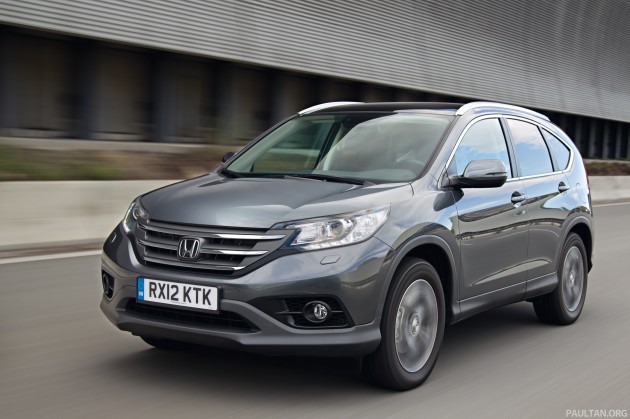
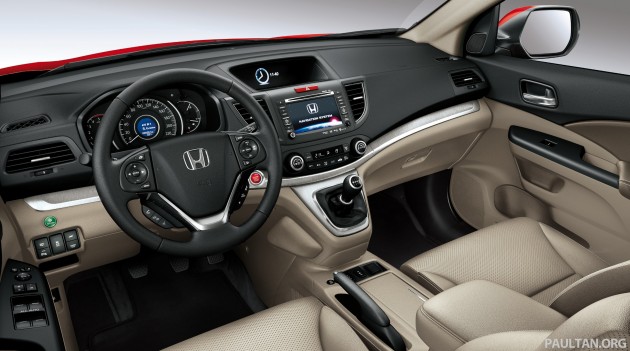
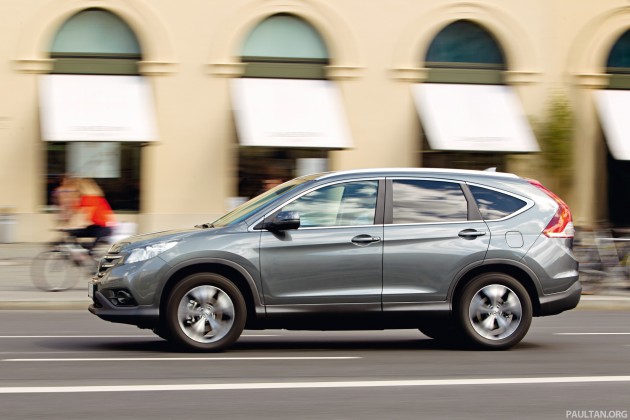
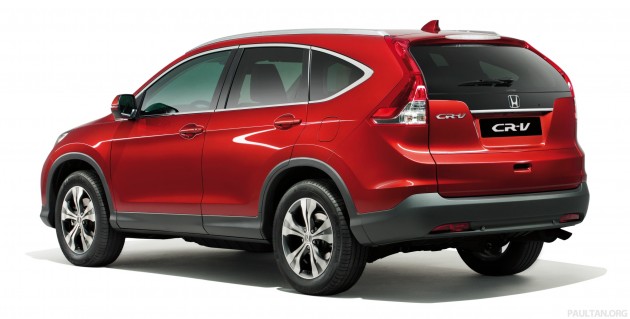
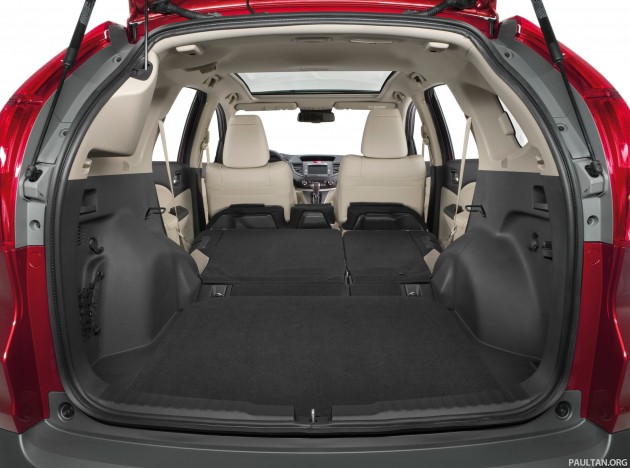
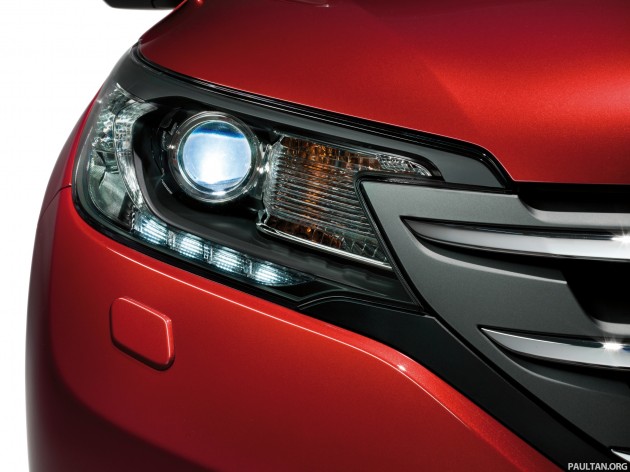



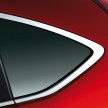
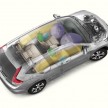
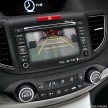
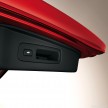
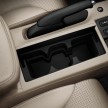
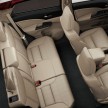


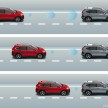


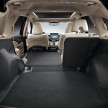
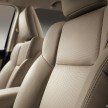
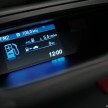
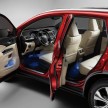
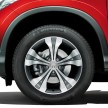

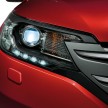
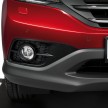
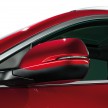
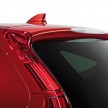

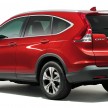
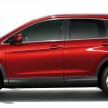


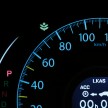


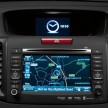
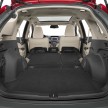
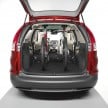
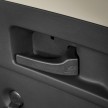
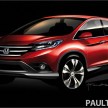
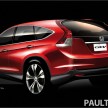

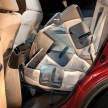




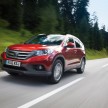

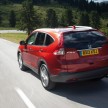
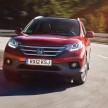
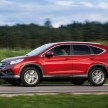

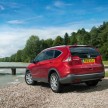
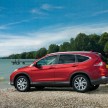




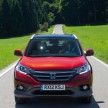

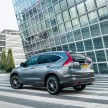

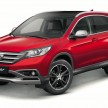
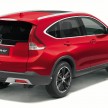

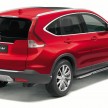


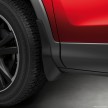
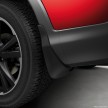
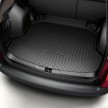
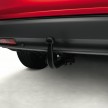
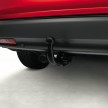

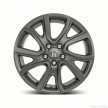
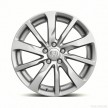
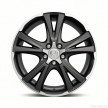
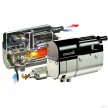
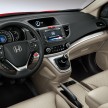
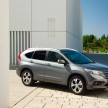
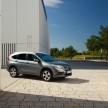


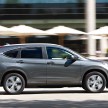

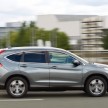

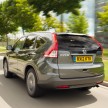



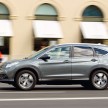








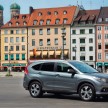





















AI-generated Summary ✨
Comments on the new European-spec Honda CR-V highlight its modern design enhancements, interior upgrades, and advanced features like projector headlamps and DRLs, which many see as a substantial improvement over previous models. Some commenters express enthusiasm, expecting it to perform well in Malaysia and compete strongly against rivals like Mazda CX-5. A few note concerns about the high pricing and speculate that the Malaysian market may receive a less equipped or cheaper version. There is also discussion about design elements resembling Volvo and Hyundai, with some opinions deeming the rear end unattractive. Overall, sentiments are optimistic regarding the CR-V's upgrade, but some critics focus on perceived design flaws and the potential limitations of local offerings.